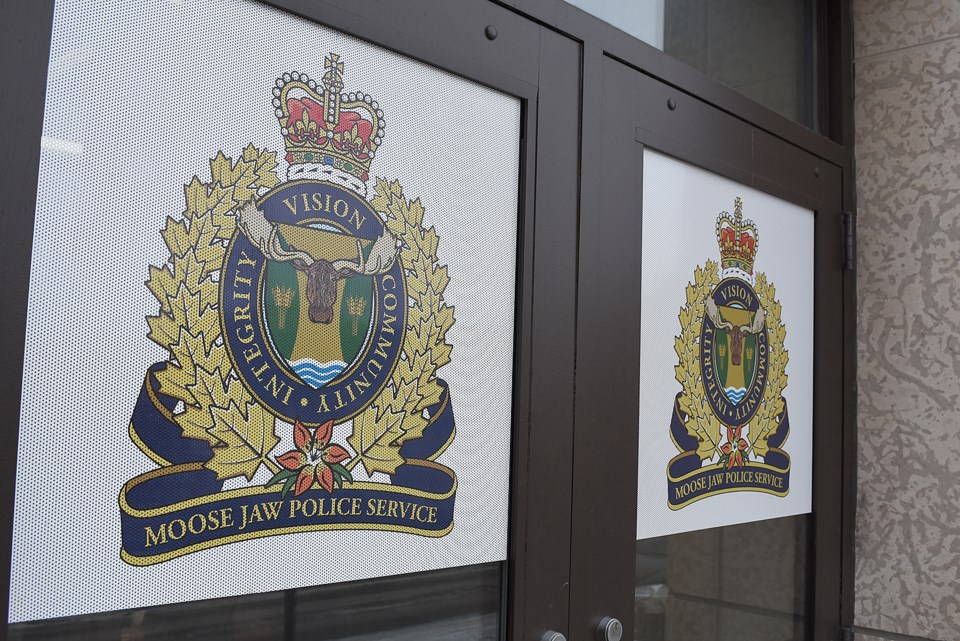MOOSEJAWTODAY.COM — While Moose Jaw’s crime rate fell nearly 23 per cent from 2002 to 2022, police have seen an uptick in activity lately that has included more disturbances and incidents downtown.
“In the last few years, there have been some challenges that have arisen, (so) we’re bringing in some more efforts to enhance community safety,” Chief Rick Bourassa said during the recent Board of Police Commissioners’ meeting.
The community’s crime rate — excluding traffic infractions — decreased 22.9 per cent during those 20 years, while its crime severity index rating also fell by the same amount, which is “a statistical anomaly,” he stated. While crime rates have risen slowly during the past five years, the overall trend has been a decline.
The crime rate is the number of crimes committed as a percentage of the population. However, that data doesn’t distinguish between minor or major incidents or the types of offences.
Data for downtown — between Caribou Street and Manitoba Street and First Avenues northwest and northeast— show that in 2002, there were 25 disturbances and 210 incidents, while in 2023, those numbers were 29 and 316, respectively, Bourassa said.
The police define an incident as an assault, theft, break-in, robbery or mischief.
One thing the police service hears is some residents don’t report incidents or crimes, so the agency’s message has always been “report, report, report,” the chief continued. Residents should call to communicate incidents because the MJPS requires that data to take action to address problems.
The police service conducted a survey in 2019 — it’s compiling data from a survey it conducted last year — and one question it asked people was whether they had reported a crime to police if they were a victim of such incidents. The data showed 79.3 per cent of respondents were not a victim of a crime, while five per cent were and had never reported their situation.
“We’d like to have 100 per cent of people reporting,” Bourassa said, but was encouraged that “the vast majority” of residents reported such incidents.
The number of people who report problems is reflected in calls for service, which have “continually grown and continually grown and continually grown,” he continued.
Data show that 15,626 people called police for assistance in 2019, while that number jumped to 19,872 in 2023.
Of that number, 25 per cent was for crime and 75 per cent was for “social disorder” like trespassing, suspicious people, fear or uncertainty, said Bourassa. There has been less civil behaviour and more confrontational activity among people, which picked up during the pandemic due to stress.
“We’re certainly well aware of that … ,” he continued. “When things are reported to us, we are extremely good at solving those and holding people to account.”
The police chief added that Statistics Canada data show Moose Jaw’s violent crime severity index (VCSI) clearance rate — when police solve a crime — in 2022 was the highest in Saskatchewan at 80; the provincial average was 56.
“It’s a pretty impressive clearance rate when you compare it to across the province … ,” said Commissioner Patricia Martynook. “It’s apparent you have a different culture here that’s really working for this community (and) it starts from the top down.”
She then wondered if that rating was due to the relationships the police service has in the community.
Having those relationships helped police solve many crimes, as did having the public’s confidence in the agency’s abilities, said Supt. Taylor Mickleborough. While the MJPS was unable to solve seven cases last year, that was because some victims and witnesses were unco-operative with police.
The next police board meeting is Wednesday, March 13.




